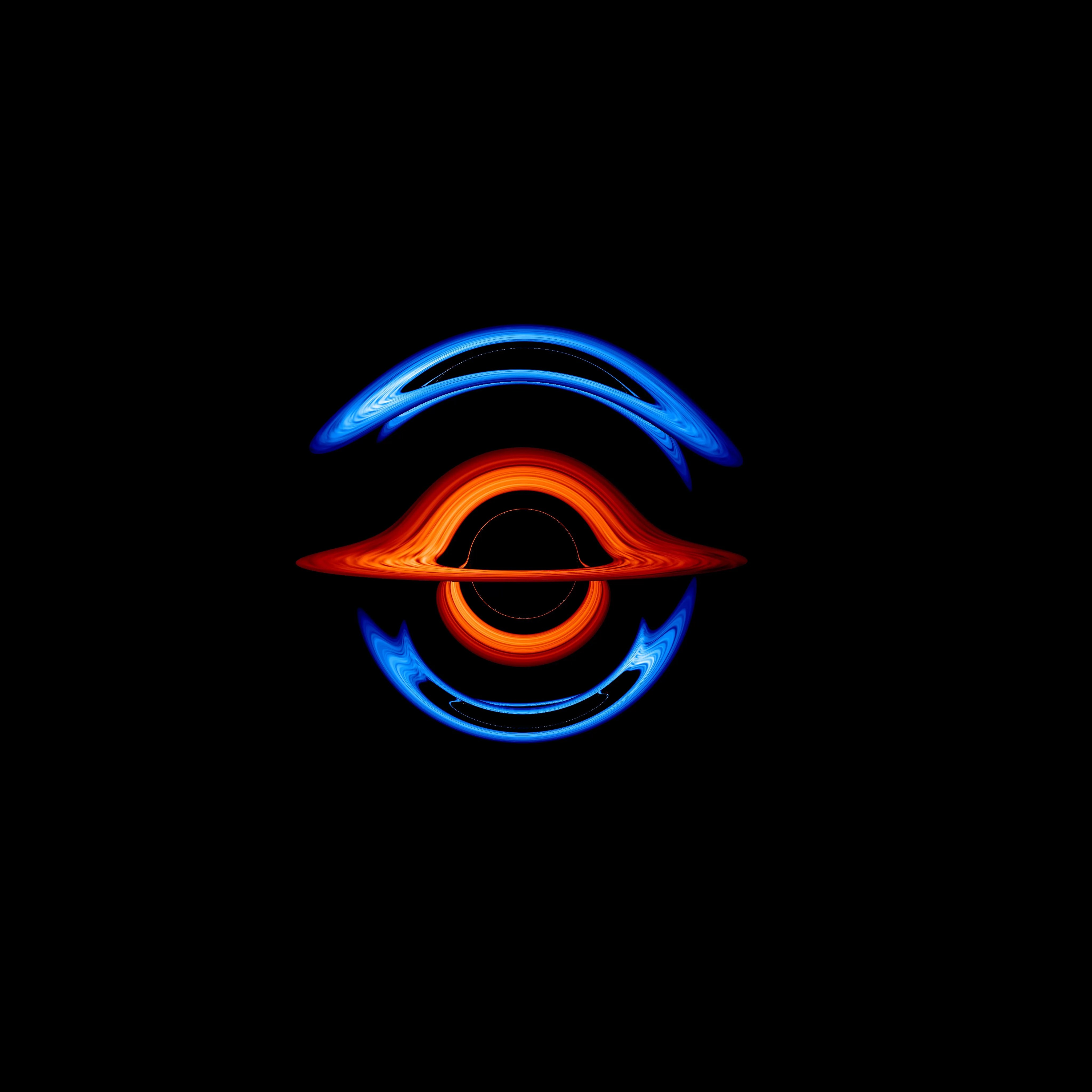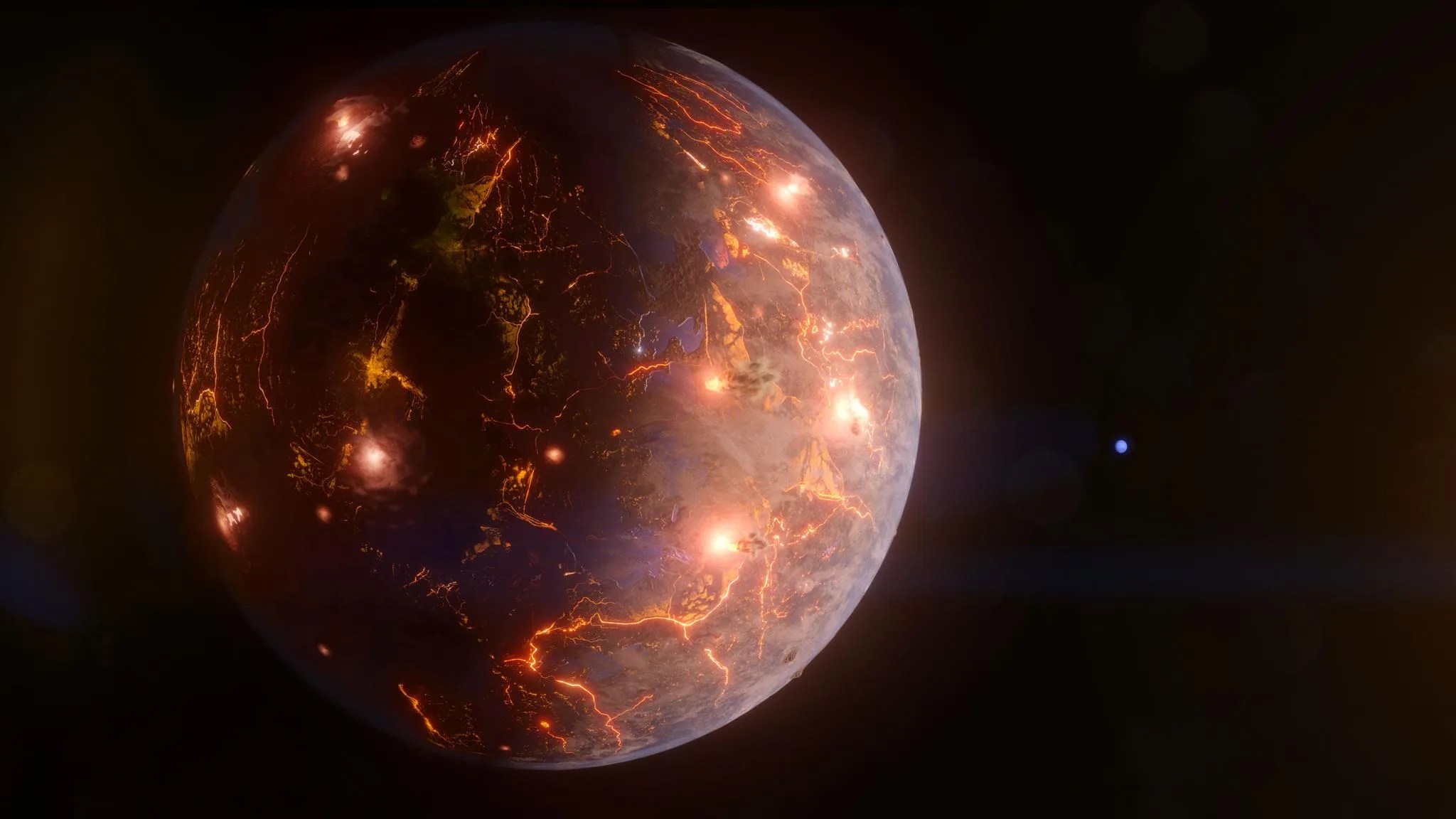Matter makes up all the stuff we can see in the universe, from pencils to people to planets. But there’s still a lot we don’t understand about it! For example: How does matter work when it’s about to become a black hole? We can’t learn anything about matter after it becomes a black hole, because it’s hidden behind the event horizon, the point of no return. So we turn to something we can study – the incredibly dense matter inside a neutron star, the leftover of an exploded massive star that wasn’t quite big enough to turn into a black hole.

NICER (Neutron star Interior Composition Explorer)is an X-ray telescope perched on the International Space Station. NICER was designed to study and measure the sizes and masses of neutron stars to help us learn more about what might be going on in their mysterious cores.

When a star many times the mass of our Sun runs out of fuel, it collapses under its own weight and then bursts into a supernova. What’s left behind depends on the star’s initial mass. Heavier stars (around 25 times the Sun’s mass or more) leave behind black holes. Lighter ones (between about eight and 25 times the Sun’s mass) leave behind neutron stars.

Neutron stars pack more mass than the Sun into a sphere about as wide as New York City’s Manhattan Island is long. Just one teaspoon of neutron star matter would weigh as much as Mount Everest, the highest mountain on Earth!

These objects have a lot of cool physics going on. They can spin faster than the blades in a blender, and they have powerful magnetic fields. In fact, neutron stars are the strongest magnets in the universe! The magnetic fields can rip particles off the star’s surface and then smack them down on another part of the star. The constant bombardment creates hot spots at the magnetic poles. When the star rotates, the hot spots swing in and out of our view like the beams of a lighthouse.

Neutron stars are so dense that they warp nearby space-time, like a bowling ball resting on a trampoline. The warping effect is so strong that it can redirect light from the star’s far side into our view. This has the odd effect of making the star look bigger than it really is!

NICER uses all the cool physics happening on and around neutron stars to learn more about what’s happening inside those stars, where matter lingers on the threshold of becoming a black hole. (We should mention that NICER also studies black holes!)
Scientists think that neutron stars are layered a bit like golf balls. At the surface, there’s a really thin (just a couple centimeters high) atmosphere of hydrogen or helium. In the outer core, atoms have broken down into their building blocks – protons, neutrons, and electrons – and the immense pressure has squished most of the protons and electrons together to form a sea of mostly neutrons.
But what’s going on in the inner core of neutron stars? Physicists have lots of theories. In some traditional models, scientists suggested the stars were neutrons all the way down. Others proposed that neutrons break down into their own, even smaller building blocks, called quarks. And then some suggest that those quarks could recombine to form new types of particles that aren’t neutrons!

NICER is helping us figure things out by measuring the sizes and masses of neutron stars. Scientists use those numbers to calculate the stars’ density, which tells us how squeezable matter is!
Let’s say you have what scientists think of as a typical neutron star, weighing about 1.4 times the Sun’s mass. If you measure the size of the star, and it’s big, then that might mean it contains more whole neutrons. If instead it’s small, then that might mean the neutrons have broken down into quarks. The tinier pieces can be packed together more tightly.

NICER measured the sizes of two neutron stars, called PSR J0030+0451 and PSR J0740+6620, or J0030 and J0740 for short.
J0030 is about 1.4 times the Sun’s mass and 16 miles across. (It also taught us that neutron star hot spots might not always be where we thought.) J0740 is about 2.1 times the Sun’s mass and is also about 16 miles across. So J0740 has about 50% more mass than J0030 but is about the same size! This tells us that the matter in neutron stars is less squeezable than some scientists predicted. (Remember, some physicists suggest that the added mass would crush all the neutrons and make a smaller star.) And J0740’s mass and size together challenge models where the star is neutrons all the way down.





